Are your PLANTS pet friendly?
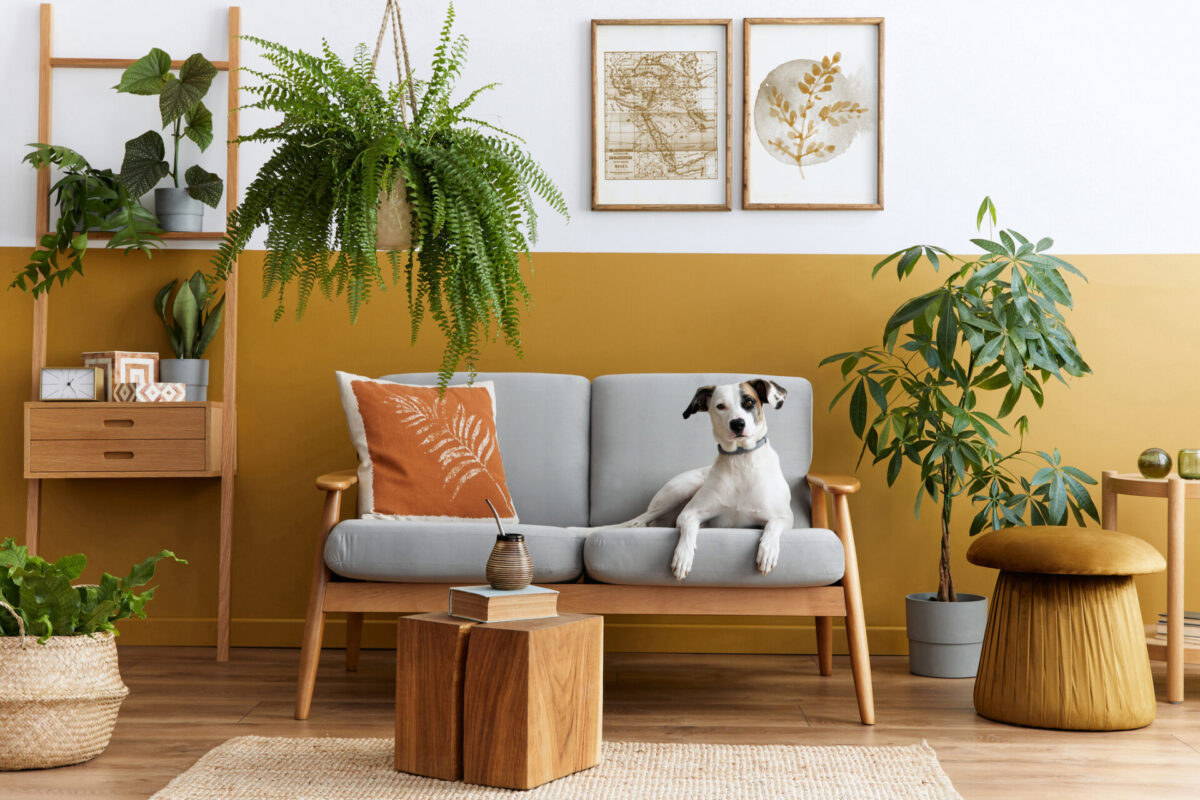
Five common plants that could pose a risk to your cat or dog
Plants are an easy and affordable way to beautify any space. Adding them to your garden or indoor areas brings life, tranquility and nature into your home.
While they may look harmless however, not all plants are safe for our four-legged friends. In fact it may surprise you to find out many of the most popular plants can be toxic to animals, including cats and dogs. If eaten, the effects range from mild irritation to severe illness and in some cases, even death.
As pet owners, it’s our job to keep our pets safe, so it helps to be aware of which plants can be toxic to them, before buying any new additions for your home or garden. This way you’ll ensure your pets are kept out of harm’s way.
Matt Dunn from Palmers Garden Centre in Rotorua talked us through five common plants that are toxic to pets.
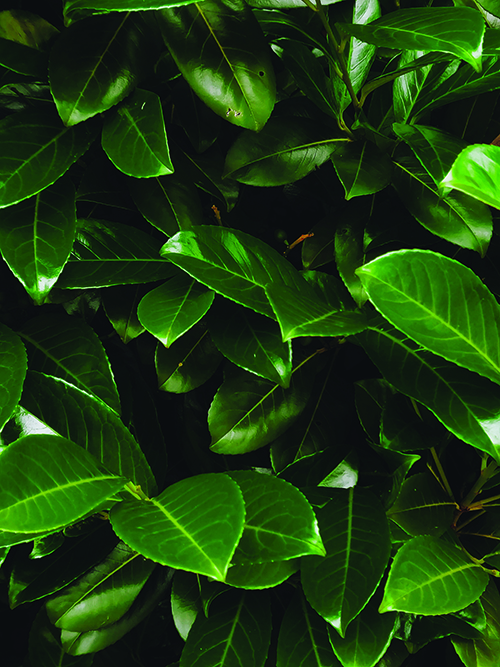
1. Karaka tree
This distinctive evergreen tree is common throughout the North and South Islands. The berries, which ripen, turn orange and fall off the tree, can be fatal if eaten by cats or dogs. The kernels in the fruit contain alkaloid karakin, which is extremely toxic to animals. Signs of karaka berry poisoning include, weakness, vomiting and seizures.
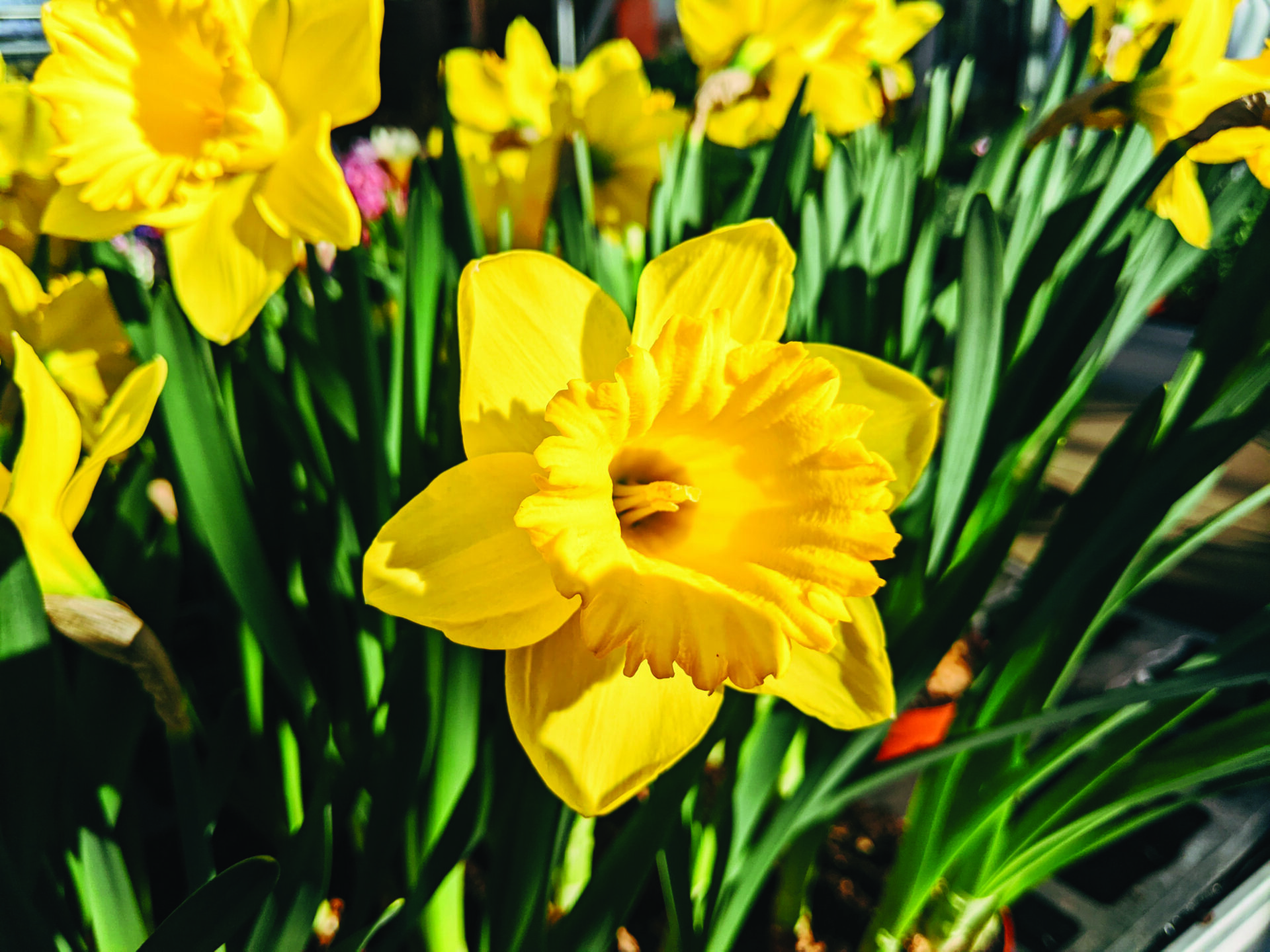
2. Daffodil
Daffodils are a member of the amaryllidaceae family, and are also commonly known as narcissus, paper white and jonquil. The whole plant, especially the bulb, is poisonous to animals, causing vomiting, diarrhea, convulsions, low blood pressure, tremors and irregular heartbeat.
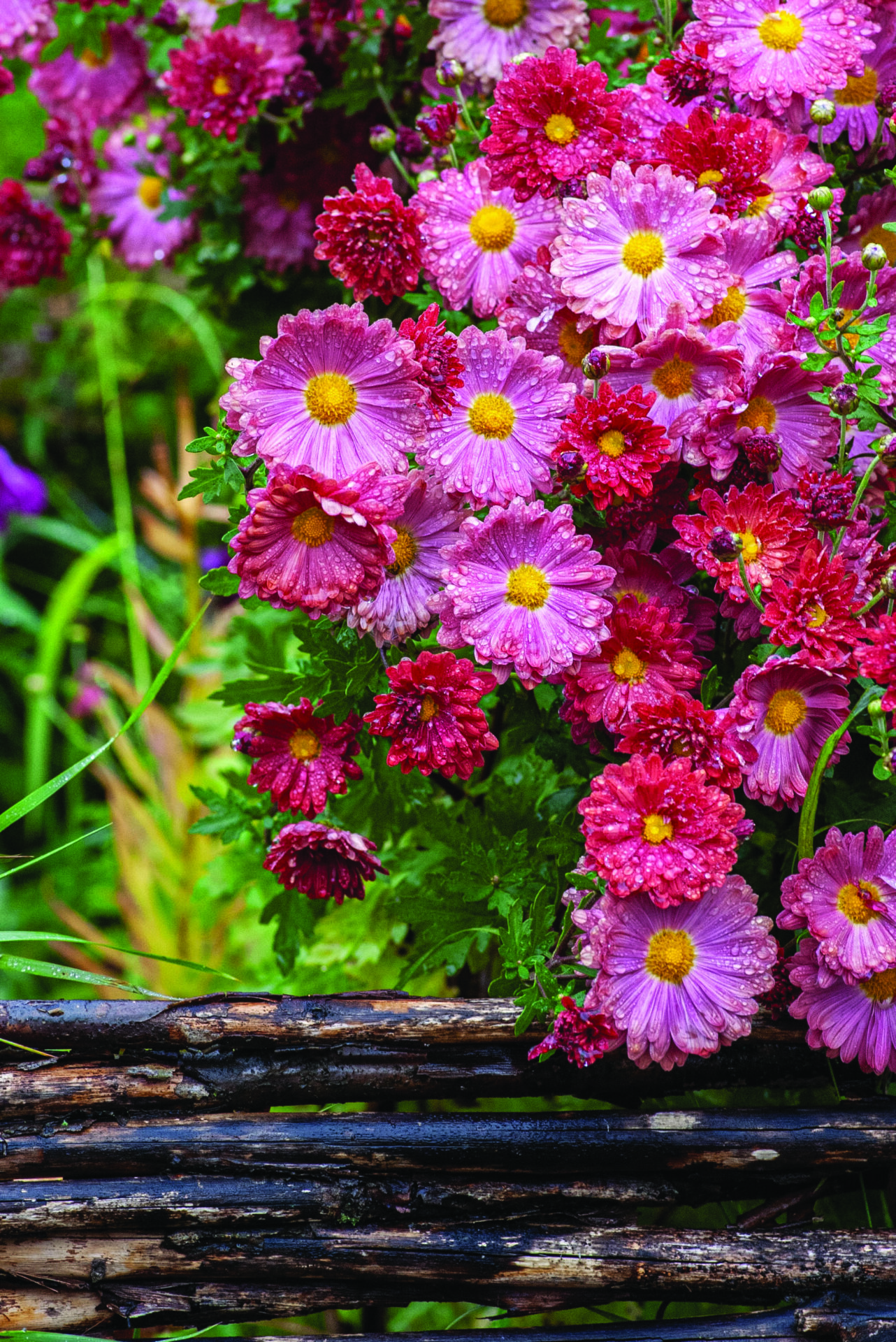
3. Chrysanthemum
These vibrant flowering plants thrive both indoors and outdoors, making them a popular choice for homeowners. They contain pyrethrins, which is used as a natural insecticide and is toxic to animals. All parts of the plant, especially the flowers, are poisonous to dogs and cats if ingested in high enough amounts. However cats tend to be more sensitive to the toxic effects. Vomiting, diarrhea, drooling, lack of coordination and dermatitis are all signs your pet might have ingested chrysanthemum.
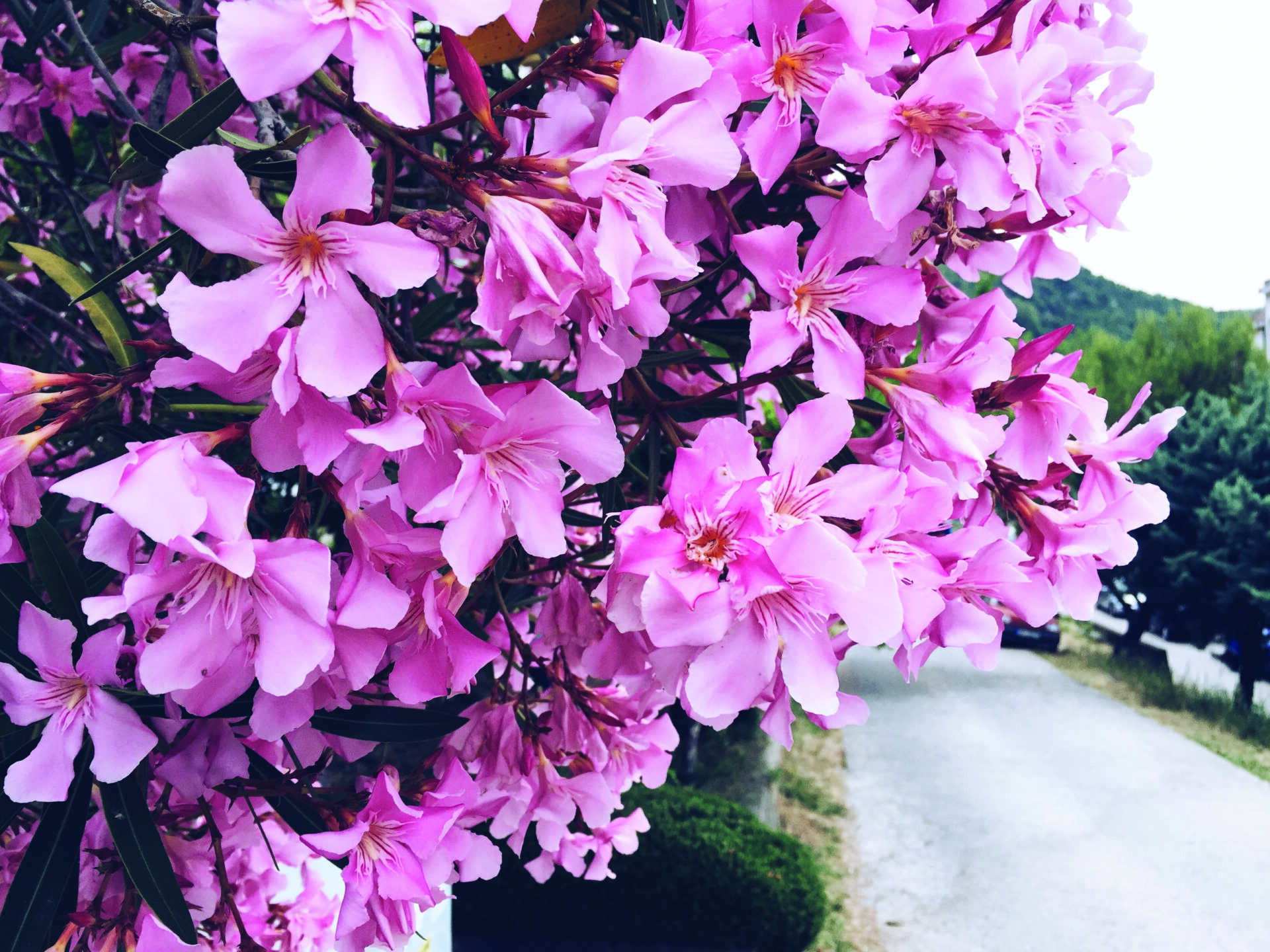
4. Oleander
These flowering plants can grow very large and are often used in landscaping to add privacy and for their beauty. Unfortunately, they are toxic to many animals, including cats, dogs, rabbits, horses and goats. All parts of the plant are poisonous and even small amounts can cause illness. Symptoms of oleander poisoning range from drooling and abdominal pain to heart rate abnormalities, and even death.
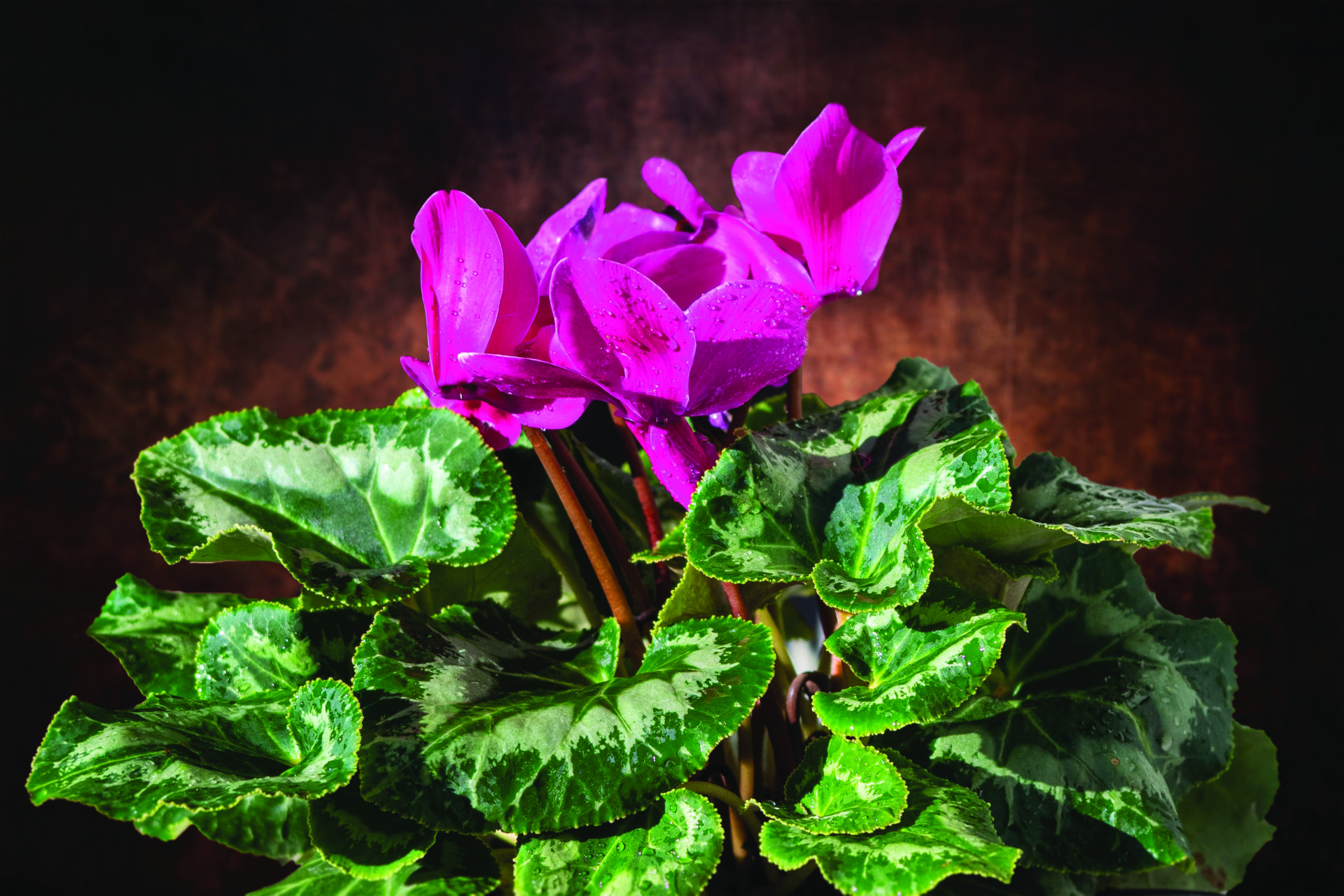
5. Cyclamen
Also known as sowbread, cyclamen are typically grown indoors as a houseplant but some hardy varieties can be grown outdoors in cooler areas. They come in red, pink and white varieties. Cyclamen contain toxic saponins and when any part of the plant, particularly the roots, is eaten by animals it can cause extreme irritation and serious reactions. Symptoms include, drooling, vomiting, diarrhea, seizures and death.